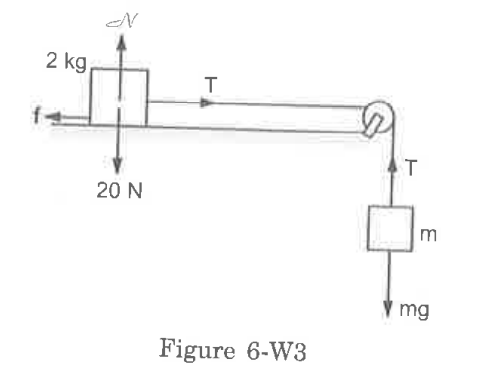Text Solution
Verified by Experts
|
Topper's Solved these Questions
FRICTION
HC VERMA ENGLISH|Exercise Objective -1|10 VideosView PlaylistFRICTION
HC VERMA ENGLISH|Exercise Objective -2|5 VideosView PlaylistFRICTION
HC VERMA ENGLISH|Exercise Questions for short Answer|11 VideosView PlaylistFLUID MECHANICS
HC VERMA ENGLISH|Exercise All Questions|90 VideosView PlaylistGRAVITATION
HC VERMA ENGLISH|Exercise Question for short Answers|18 VideosView Playlist
Similar Questions
Explore conceptually related problems
Knowledge Check
Similar Questions
Explore conceptually related problems
HC VERMA ENGLISH-FRICTION-worked out Examples
- The coefficient of static friction between a block of mass m and an in...
05:42
|
Play - A horizontal force of 20 N is applied to a block of mass 4 kg resting ...
03:25
|
Play - The coefficient of static friction between the block of 2 kg and the ...
02:19
|
Playing Now - The coefficient of static friction between the two blocks shown in fig...
04:48
|
Play - A block slide down an incline of angle 30^@ with an acceleration g/4. ...
03:59
|
Play - A block of mass 2.5 kg is kept on a rough horizontal surface. It is fo...
06:37
|
Play - A block placed on a horizontal surface is being pushed by a force F ma...
04:35
|
Play - Find the maximum value of M//m in the situation shown in figure so tha...
06:36
|
Play - Consider the situation shown in figure. The horizontal surface below t...
13:20
|
Play - figure shows two blocks connected by a light string placed on the two ...
Text Solution
|
Play
